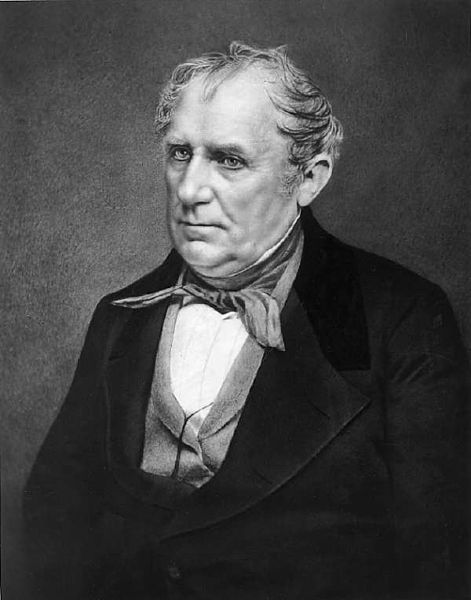*Image Credit: Wikimedia Commons Early in the 19th century, only one writer could be said to accurately describe the issues on the frontier of the young and growing United States of America: James Fenimore Cooper. Using his time in the US Navy to hone his skills by writing histories of major battles, he would go on to write a series of fictional works that are considered by many to be classics of American literature, particularly his masterpiece The Last of the Mohicans. Born the eleventh of twelve children on September 15, 1789, Cooper lived in New Jersey for the first decade of his life before his father moved the family to property he had purchased on the edge of Otsego Lake in central New York. Naming the town after the nearby water source, Cooper’s father spent much of the next several years building a home — Otsego Hall — to house his family in a tiny village that would go on to bear his name in 1812 (Cooperstown). In 1802, at the age of 13, Cooper enrolled at Yale University. Though considered a fair student, he ended up being forced to leave campus after blowing the door off another student’s room as a joke three years later. Ever the adventurer, he signed up to be part of the crew of a merchant vessel in 1806 before receiving a commission as a midshipman in the US Navy in 1808, serving for three years and managing to leave before the British attacked during the War of 1812. Spending part of his time working as a de facto historian on the ships he sailed on, he acquired a sense of appreciation for detail in storytelling, a characteristic which would come in handy as he moved into civilian life. Now wealthy after the death of his father, Cooper settled down with his wife Susan to start a life together. In 1820, at her urging, he wrote his first novel Precaution, or Prevention is Better than Cure. Refining his style over the next five years, he would publish a second book — the first in the Letherstocking Tales — before catapulting to acclaim with Last of the Mohicans in 1826. Moving to Europe in order to provide his children with a better education later that year, Cooper continued pulling together stories. While living in Paris, he published The Red Rover and The Water Witch while also working as a political writer, often defending the United States’ policies against attacks leveled by French or British essayists. Using the experience as inspiration, his three works from 1831 to 1833 each had themes of secretive governments and ruthless officials. Returning to America, he reopened his boyhood home and published an additional two books. Nearly a decade after its publication, Mohicans was still among the most popular books of the era. Though Cooper had inherited a rather large estate from his father, he managed to do very well on his own through the success of his publishing efforts, even as he turned to writing histories during the late 1830s and mid 1840s before returning exclusively to fiction for the rest of his life. On September 14, 1851, just one day short of his 62nd birthday, James Fenimore Cooper died at his home in Cooperstown, New York.
September 15, 1789 CE – American Author James Fenimore Cooper is Born in New Jersey
*Image Credit: Wikimedia Commons Early in the 19th century, only one writer could be said to accurately describe the issues on the frontier of the young and growing United States…
